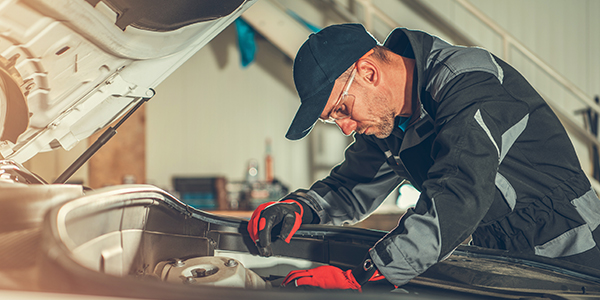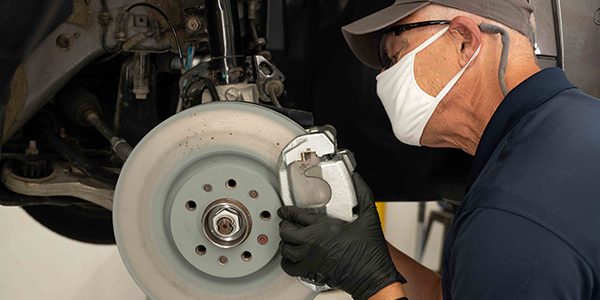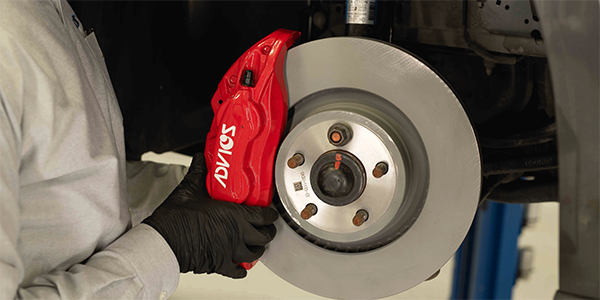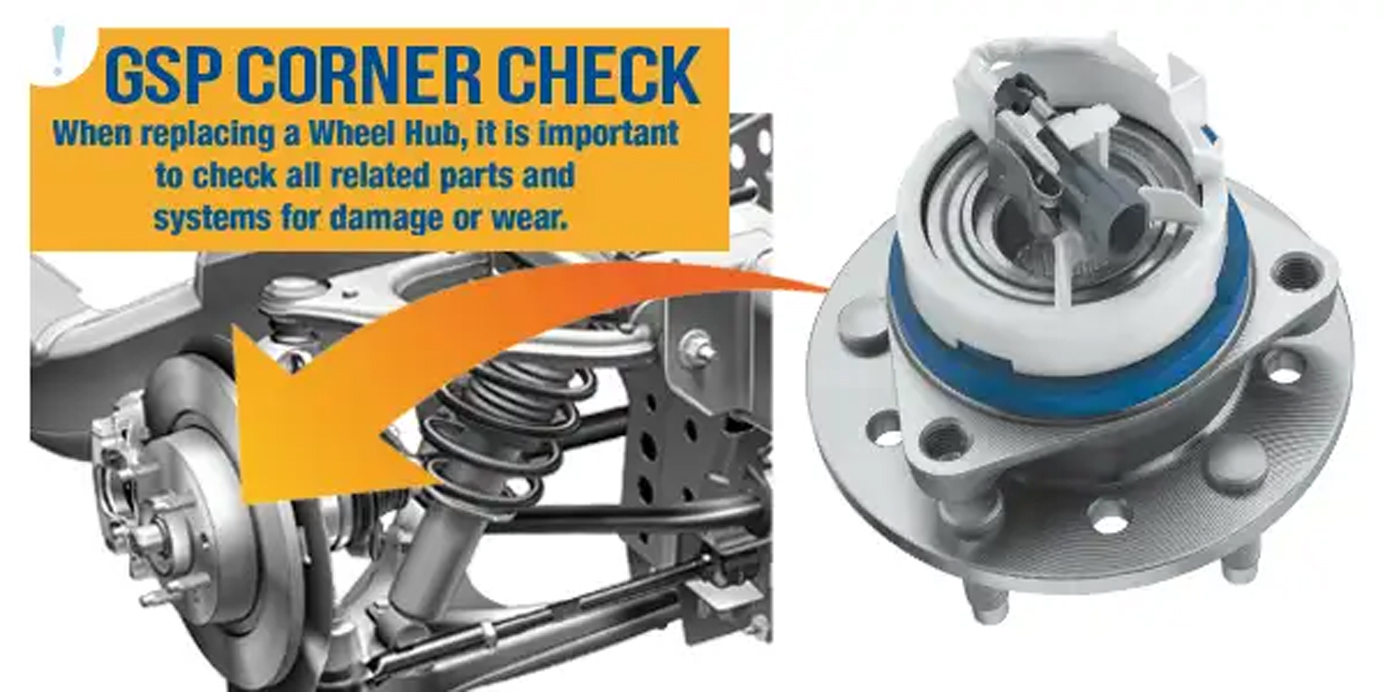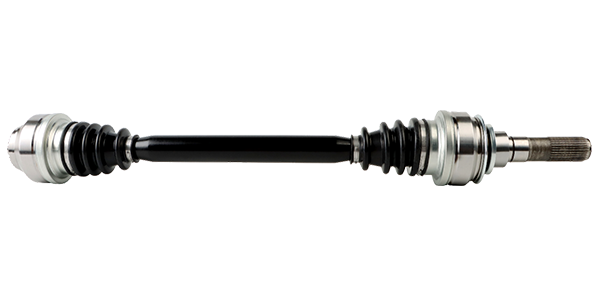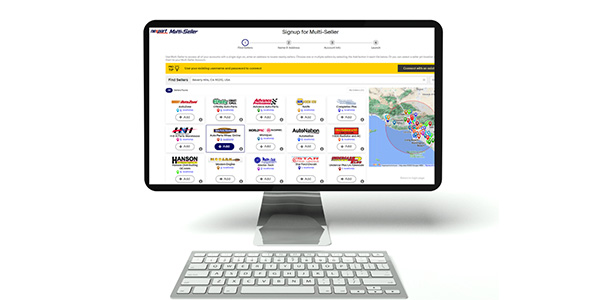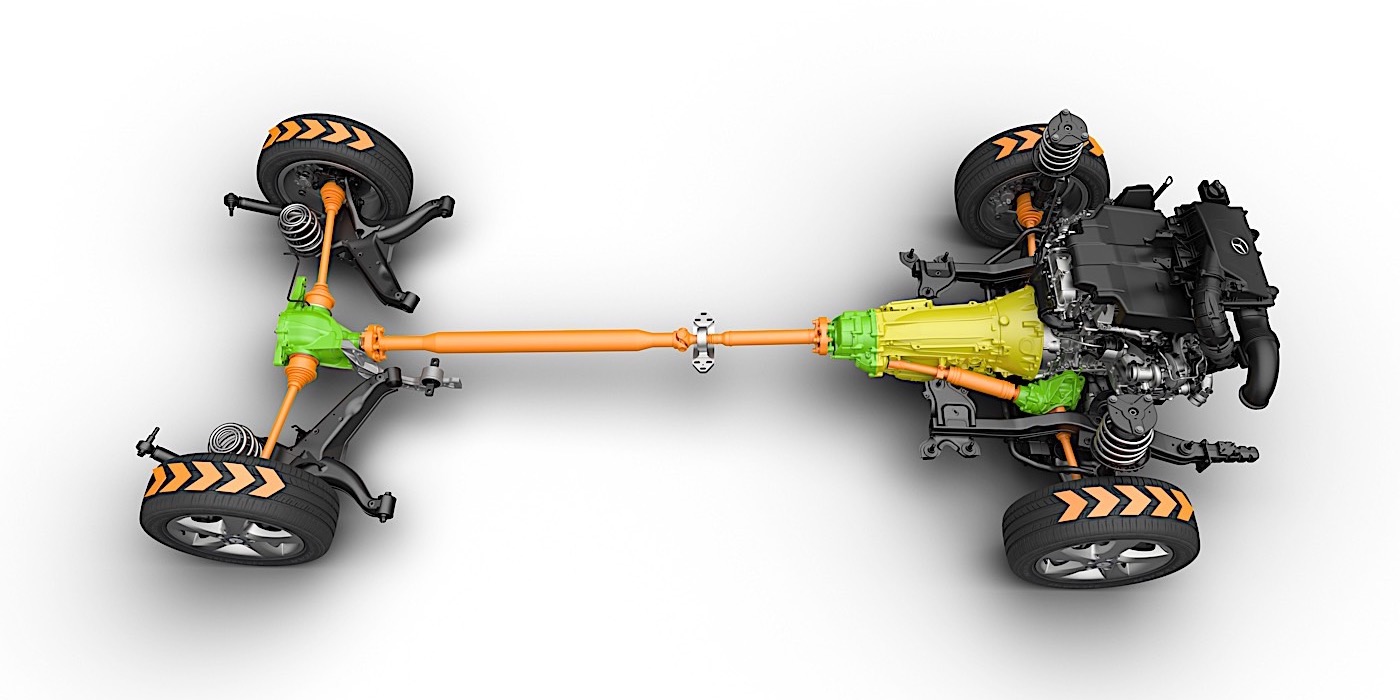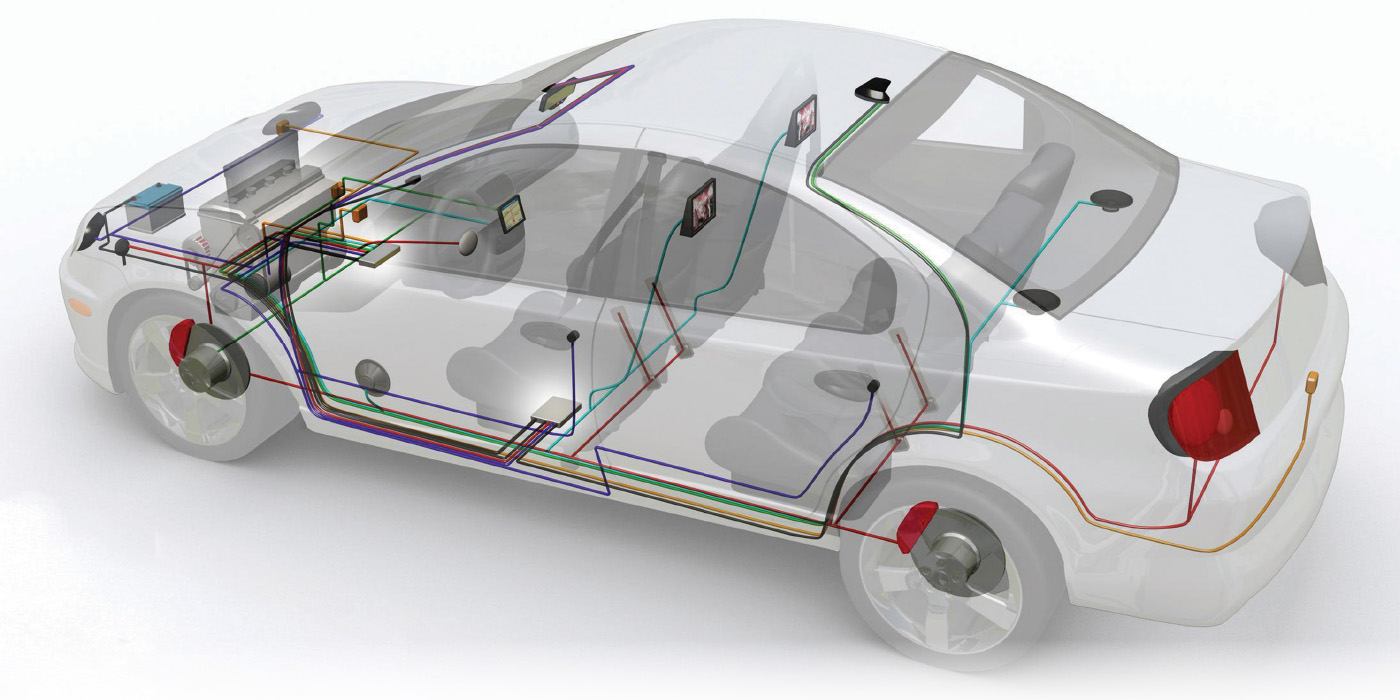Molded rubber-on-carrier oil pan gaskets from Victor Reinz use high-temperature silicone rubber seals precision molded on composite nylon or metal carriers. These materials meet or exceed SAE standards. Some carriers are encased in molded rubber and others have edge-molded rubber sealing beads depending on the application.
All Victor Reinz molded rubber gaskets use polymers chosen to resist compression set. This happens when a gasket loses its ability to “recover” against sealing surfaces, which can allow leakage.
To replace a leaky seal on the front of the crankshaft, the crank pulley/harmonic balancer must be removed before the seal can be pried out, which requires a gear puller. Do not pound on the pulley/balancer because this may damage it. If the surface of the crankshaft is worn, a slip-on repair sleeve can be installed to restore the surface. A special seal is usually required with a repair sleeve.
Leaky rear main bearing seals are time consuming to replace. because they involve dropping the oil pan and unbolting the rear main crankshaft support cap inside the engine. On applications that have a one-piece rear main oil seal instead of a split seal, the flywheel has to come off, which means pulling the transmission.
Victor Reinz rear main seal sets contain both the rear main seal and retainer gasket when required. Victor Reinz valve stem seals are engineered for precise control of valve stem lubrication – requiring very sophisticated designs that have to accommodate the full range of engine RPMs and operating temperatures.
You might know it by a brand name for non-stick products, but in the world of gaskets we simply refer to polytetrafluoroethylene as PTFE, and it’s setting a new standard in sealing for today’s engines. Keep in mind that unlike conventional seals PTFE rotating shaft seals are to be installed dry.
Among the advantages PTFE offers:
• Low friction
• Minimal parasitic drag
• Able to be used in applications with dry operation or insufficient lubrication
• Excellent thermal properties with an operating range of -130° C to +200° C
• High chemical resistance
• Low breakaway torque after standstill
Victor Reinz timing cover sets and rear main bearing seal sets are backed by Dana, supplying original equipment manufacturers the world over. Victor Reinz gaskets are now available in North America directly from their manufacturer, Dana.
Coolant Leaks
Coolant leaks can occur anywhere in the cooling system. Nine out of 10 times, coolant leaks are easy to find because the coolant can be seen dripping, spraying, seeping or bubbling from the leaky component. The first symptom of trouble is usually an engine overheating, but the vehicle may also have a low coolant indicator lamp. If you suspect the vehicle has a coolant leak, visually inspect the engine and cooling system for any sign of liquid leaking from the engine, radiator or hoses. The color of the coolant may be green, orange or yellow depending on the type of antifreeze in the system. You may also notice a sweet smell, which is a characteristic odor of ethylene glycol antifreeze.
Common Coolant Leaks
Most cooling systems today are designed to operate at 8 to 14 psi. If the radiator can’t hold pressure, the engine will overheat and lose coolant.
Water pump: A bad shaft seal will allow coolant to dribble out of the vent hole just under the water pump pulley shaft. If the water pump is a two-piece unit with a backing plate, the gasket between the housing and back cover may be leaking. The gasket or O-ring that seals the pump to the engine front cover on cover-mounted water pumps can also leak coolant. Look for stains, discoloration or liquid coolant on the outside of the water pump or engine.
Hoses: Cracks, pinholes or splits in a radiator hose or heater hose will leak coolant. A hose leak will usually send a stream of hot coolant spraying out of the hose. A corroded hose connection or a loose or damaged hose clamp may also allow coolant to leak from the end of a hose. Sometimes the leak may only occur once the hose gets hot and the pinhole or crack opens up.
Intake Manifold Gaskets: The gasket that seals the intake manifold to the cylinder heads may leak and allow coolant to enter the intake port or crankcase or allow it to dribble down the outside of the engine.
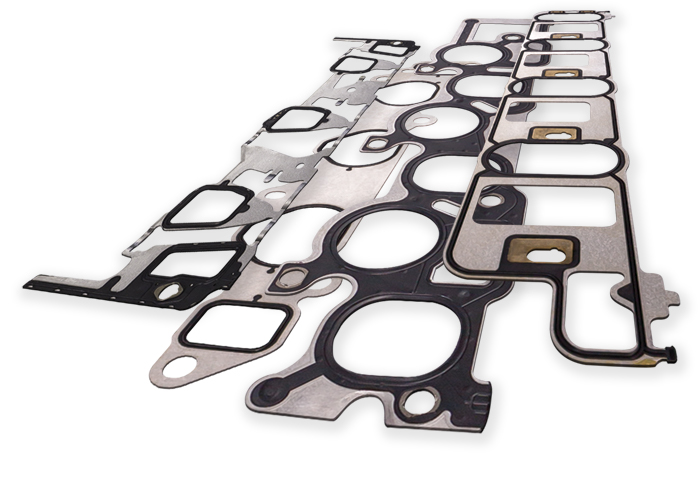
Intake manifold gaskets need to weather harsher environments than ever, including exposure to extended-life anti-freeze, also known as OAT (Organic Acid Technology) coolants. Victor Reinz intake manifold gaskets are built to stand up to today’s challenges, from engine design to coolant formulations to the “less than ideal” maintenance practices of many vehicle owners.
Victor Reinz upper intake manifold gasket sets contain the components needed to seal the joint between the upper and lower manifold sections. Lower intake manifold gasket sets contain the gaskets that seal the joints between the lower manifold and cylinder heads.
INTERNAL COOLANT LEAKS
These are the worst kind of coolant leaks because they are hidden inside the engine and have the potential to cause the most damage.
Bad Head Gaskets: Internal coolant leaks are most often due to a bad head gasket. The head gasket may leak coolant into a cylinder or into the crankcase. Coolant leaks into the crankcase dilute the oil and can damage the bearings in your engine. A head gasket leaking coolant into a cylinder can foul the spark plug and create white smoke in the exhaust. Adding sealer to the cooling system may plug the leak if it is not too bad, but eventually the head gasket will have to be replaced.
Head gasket failures are often the result of engine overheating (which may have occurred because of a coolant leak elsewhere in the cooling system, a bad thermostat, or an electric cooling fan not working). When the engine overheats, thermal expansion can crush and damage portions of the head gasket. This damaged area may then start to leak combustion pressure and/or coolant.
PRESSURE TESTING THE COOLING SYSTEM FOR LEAKS
There are several ways to find out whether or not a cooling system is holding pressure. One is to top off the cooling system, tighten the radiator cap and start the engine. When the engine reaches normal operating temperature, turn on the air conditioner (to increase the cooling load on the system) and/or take it for a short drive. Then check the radiator, hoses and water pump for seepage or leaks.
Leak detection dye can also be added to the coolant itself to make a slow leak easier to find. Some of these dyes glow bright green or yellow when exposed to ultraviolet light. If head gasket failure is the concern, a bore scope placed through a spark plug hole will quickly reveal the presence of coolant.
Vacuum Leaks
Even the smallest leak in an intake manifold can cause a problem with the air/fuel ratio. The extra air is unmetered and can lean the fuel/air ratio leading to check engine codes and driveability issues.
Finding an intake leak can be time-consuming using your eyes and ears.
Intake manifold air leaks will suck in air, not expel it. What is sucked in will influence the fuel mixture and impact engine and emissions systems.
A smoke machine allows you to diagnose multiple leaks in less time compared to other methods. A smoke machine can pressurize the intake manifold and put smoke or vapor into the system. If there is a leak, you will see smoke come out.
Connect the smoke machine to a vacuum port like the supply line to the brake booster. Make sure to block the throttle body with the right-sized plug. Also, block off the PCV system.
Leaking injector seals can cause lean and misfire codes. Conventional testing methods often involve flammable gases or putting thick oils on the seals and looking for a change in rpm, but this test can’t be performed on engines where the intake manifold restricts access. Smoke machines can help spot these leaks without any disassembly.
Smoke coming from the oil filler or PCV system on an engine that is not misfiring could mean the bottom of the manifold is leaking or has cracked. It can also indicate worn valve guides or seals.
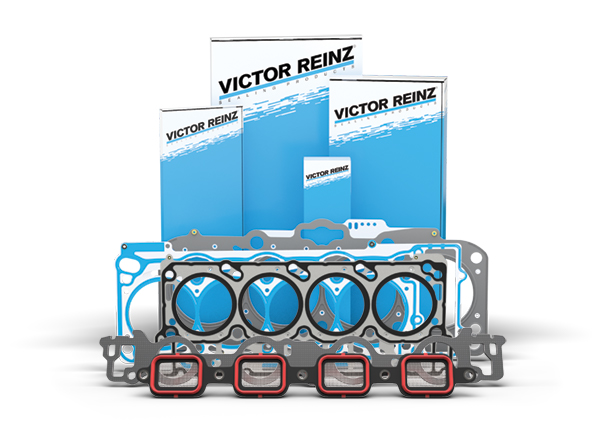
This article was sponsored by Victor Reinz Gaskets from Dana Aftermarket. For more information on Victor Reinz gasket kits and sealing solutions, visit VictorReinz.us.

